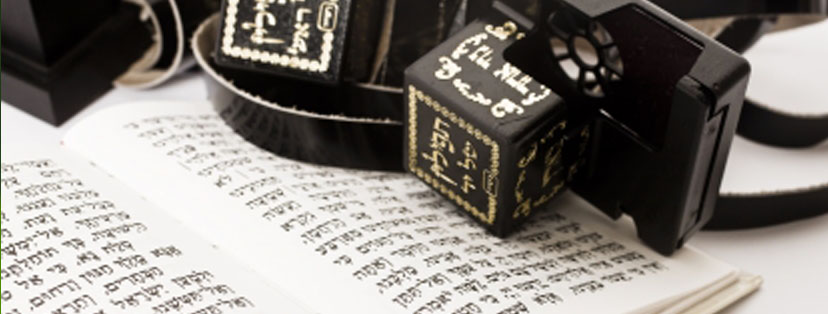(înapoi la pagina ZOHAR CUPRINS / PINCHAS – click)

509) “Everything that the God will do will be forever,” what He will do for the correction of the world, “will be forever.” But the harm-doers and the Sitra Achra will be cancelled at the end of correction and are not eternal, so what is the meaning of the text, “And the God has so worked that He will be feared,” which implies that it relates to the Sitra Achra, who cast fear on the world?
This verse should have said, “Everything that the God has done will be forever.” What is, “Everything that [the God] will do”? But it is written, what has been is already present, and what will be has already been. Why is it written, “Everything that [the God] will do”?
510) It is written, “Nor has the eye seen a God besides You; will do for he who awaits Him.” It is written, “will do.” Should it not have written, “has done”? It is written, “for he who awaits Him.” But should it not have written, “who awaits You”? However, it is a high place that extends and emerges, and lights all the candles, all the Sefirot of ZA and Malchut, to the right and to the left. It is called, “the next world,” Bina. From him emerges a tree, ZA, to water and to be corrected. This tree is higher and more honorable than all the trees.
The next world, Bina, that extends and emerges, always corrects that tree and waters it, meaning imparts Mochin upon it and corrects it in its work. That is, Bina corrects the Kelim of ZA with her own Kelim so they are fit to receive from her the Mochin. He crowns him with crowns, GAR, and the fountains never cease from it, forever, and for all eternity.
511) Faith, Malchut, is dependent on that tree, ZA. Of all the other trees, it is in it, as it is written, “As an apple among the trees of the forest, so is my beloved among the boys.” The existence of everything is in him, as he is the middle line that sustains everything.
This is why it is written, “Everything that the God will do will be forever.” He was, He is, and He will be. “There is nothing to add to it and there is nothing to take from it.” This is why it is written in the Torah, “You shall not add to it or take away from it,” since that tree is the Torah, for ZA is called Torah.
God, Bina, always corrects that place. God is Gevura, from Ein Sof [infinity] and inscrutability. Bina is called Gevura, as it is written, “I am understanding [Bina], strength [Gevura] is mine.” It is also written, “His intelligence [Tevuna] is inscrutable,” meaning His Bina [understanding]. And this is why it is written, “the God,” and not, “God,” since God without the added “the” implies Malchut. For this reason, “Has done,” “Will do” always, as a fountain whose water never ceases for all generations.
512) This is why it is written, “And the God has so worked that He will be feared.” It means that He established that tree, ZA, in a complete correction until it is gripped to all sides, to the right and to the left, above and below, in Bina and in Malchut, so that “He will be feared” and will not be replaced with another replacement for all generations.
513) In the beginning it is written, “Will do.” And afterward it is written, “And the God has done.” However, will do and will correct the tree, ZA, so its water never ceases for all generations, since the water of Bina never stop, for all generations, as they extend from upper AVI, whose Zivug never stops. And afterward it is written, “Has done,” that God, Bina, has made another tree, Malchut, below it, and will not make it like ZA. That is, Bina will not bestow upon it ever flowing abundance, Hassadim from upper AVI, as she does to ZA.
This is why it is written in regard to it, “has made,” and not “will do,” since the lower tree, Malchut, has made it and established it on the left, in Din. Thus, whomever enters the upper tree, ZA, will enter the authority of the lower tree, Malchut, will find the lower tree, and will fear entering the upper tree, unless it is as it should be.
514) The lower tree, Malchut, keeps the door of ZA. This is why Malchut is called “keeper of Israel,” for she keeps ZA, called Israel. And God has made this bottom tree, Bina, so it is watered and nourished by the upper tree, ZA. This is why it is not written, “will do,” but “has done,” that he has made him a keeper, and one who is nourished from ZA. He has made him a keeper so that the people of the world will fear Him and will not approach Him, except those who are fit to approach, and not others. Thus, people will keep the ways of Torah and will not stray to the right or to the left, but will adhere to the middle line.
(înapoi la pagina ZOHAR CUPRINS / PINCHAS – click)
